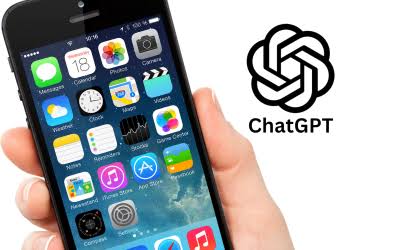In today’s hyper-connected world, attention is a limited resource, and companies are squandering it. The typical consumer is exposed to over 5,000 marketing messages each day, yet the number that really connect is decreasing. What’s the problem? Many marketers see audience attention an endless resource, squandering goodwill with relentless campaigns, invasive targeting, and ‘always-on’ content that is more noise than value.
The Real Cost of Overexposure
You take money out of the “brand equity bank” every time you show up in someone’s feed, inbox, or pre-roll ad. The retreat is stronger if your message is unimportant, repeated, or about you. People stop listening to you eventually, not just because they don’t like your brans, but because you’re demanding too much of their time without giving them enough in return.
This is the Attention Tax, the quite damage that too much contact does to your marketing because it doesn’t make any real connections. And there are no exclusions or loopholes like there are with banking taxes.
The Psychology Behind It
Behavioral scientists say that people are hardwired to block out inputs that are too much or don’t matter. The brain blocks out ads in the same way it blocks out background noise. If a campaign comes in the middle of a saturation cycle, it may not do as well as it could.
Even worse, too much exposure can cause reactance, a resistance to influence where people avoid your brand, stop subscribing to your lists, or turn off your ads.
How to Spend Attention Wisely
When it comes to brands, the best ones treat attention like a scarce investment and use it carefully instead of filling the market. How to do it:
Slow down your presence.
Don’t post or advertise just because the calendar says to. Instead, you should base your ads on the habits and real value moments of your viewers.
Get the Scroll Stop.
Make sure that every image is worth the trouble. That means every contact has to have something to do with the topic, make you feel something, or be useful.
Segment with a Goal.
Not every word needs to be shown every group. Instead of telling everyone the same story, use precise tracking to make sure that material fits their needs.
Check for Fatigue, Not Just Reach
Keep an eye on delete rates, stay tines, and repeat exposure to see when people are getting tired of seeing your brand.
Put Depth Ahead of Frequency.
A strong, emotional ad can do more for a brand’s reputation than a bunch of weak ones.
The Bottom Line
Brands that spend a lot of time and effort on getting people to pay attention are the ones that win the race to be relevant. Marketers can protect their most valuable asset, the people who are willing to listen, by cutting down on noise and raising worth.
Money may be your budget, but attention is what shows how healthy your brand is. Make good use of it.







Comment
No comments found.